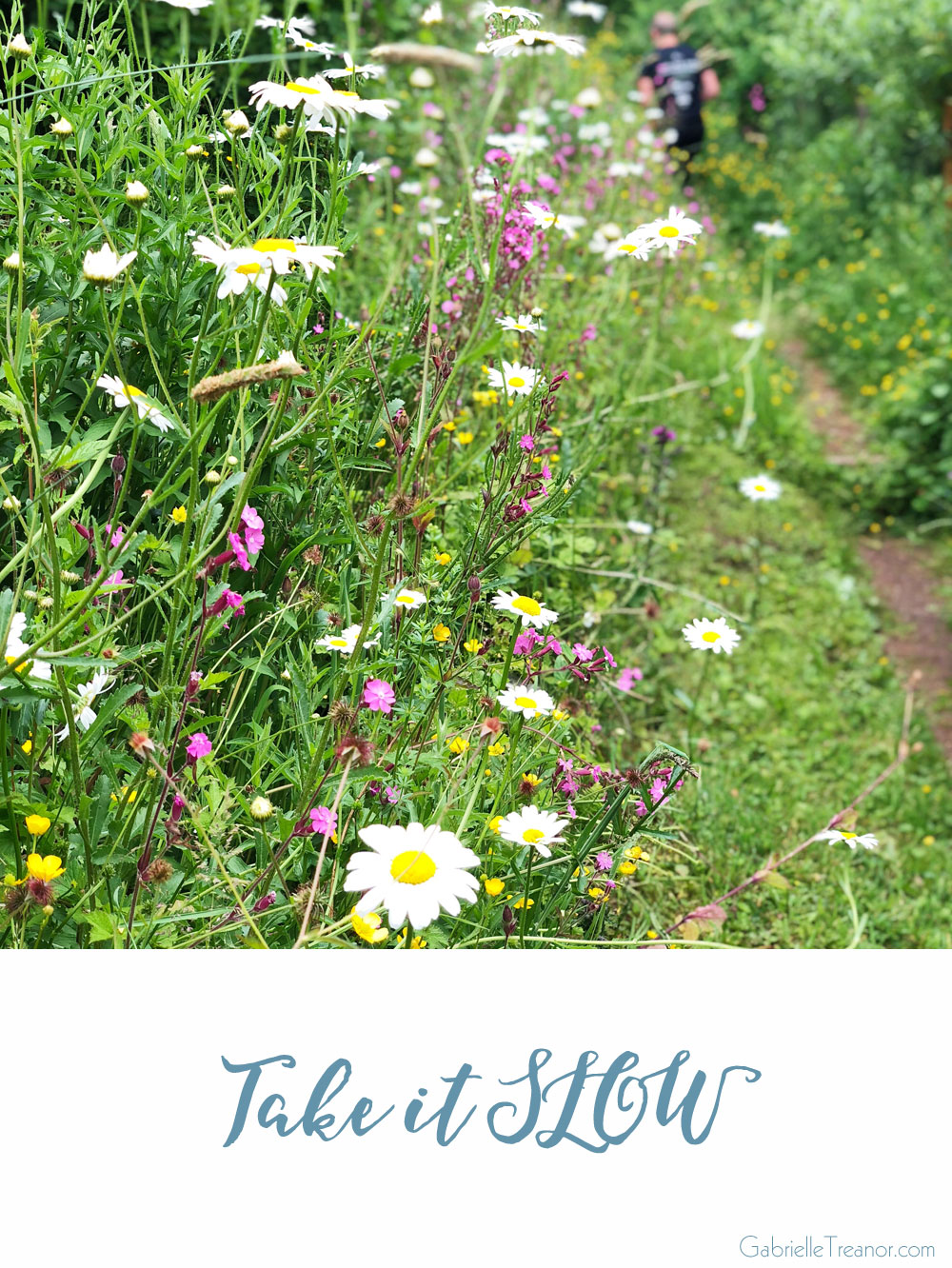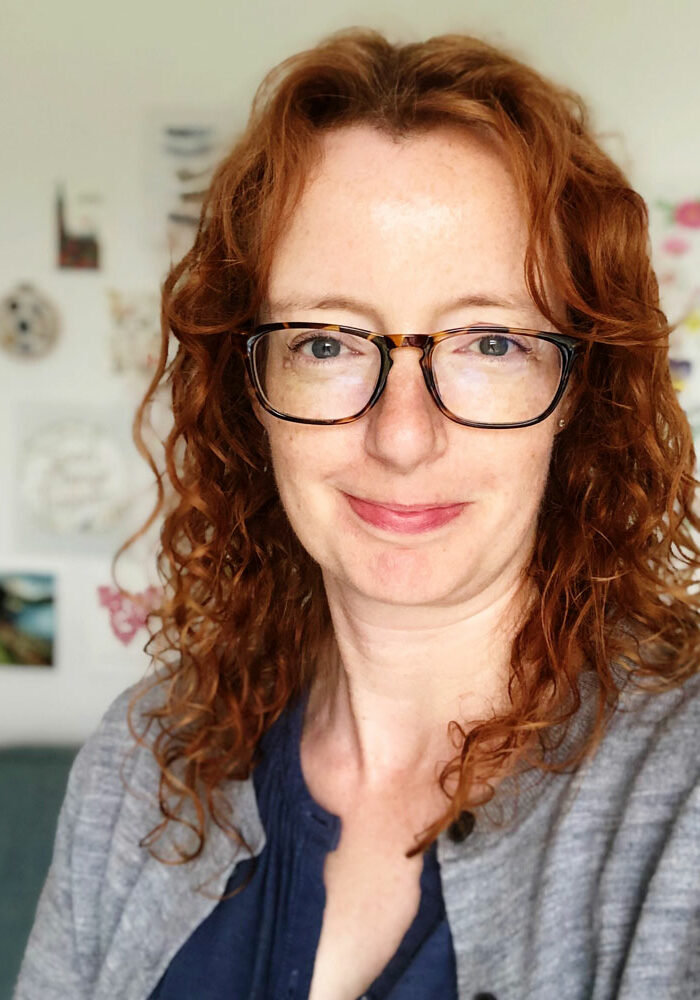Take it SLOW
Take it SLOW

The concept of slow living began back in the 1980s with the slow food movement. Originally the word slow wasn’t used for its literal meaning but as an acronym for sustainable, local, organic and whole. The slow food movement still has its focus on growing, rearing, and consuming food in a way that’s good for the planet, for us and for all living beings. In recent years, slow living has become an all-encompassing approach to life rather than just one area of it.
As a term, slow living is quite broad and open to individual interpretation. It doesn’t necessarily mean living life at half speed compared to the rest of the population but it does embrace a more considered, thoughtful approach to life. Which in turn can result in a slightly slower pace of life.
While the world becomes more digitised and our reliance on technology increases, slow living is a move towards a more analogue way of being. It doesn’t mean ditching your smartphone or laptop but taking a more mindful attitude towards their use. It’s no accident that slow living and mindfulness are both gaining in popularity as they have a lot in common.
Essentially slow living is about letting go of the need to be busy, to be always moving on to the next task, to trying to do and have everything, and instead being purposeful in what we do, paying attention to what’s happening now and experiencing life as it is. There can be a lot of expectation that we place on ourselves or that we feel we have to live up to for others, and slow living suggests we drop that pressure. By being mindful of how we compare ourselves to others, what standards we hold ourselves to, and how we honour our boundaries, we can recognise when life has become a treadmill that we want to step off. Slow living is the anti-dote to life on auto-pilot.
At the heart of slow living is connection. It can be this feeling of connection to other people and to our own lives that is lost when we live at top speed. When the calendar is full of meetings, events, and after-school activities, when our work days are getting longer, when we find it difficult to say no or to admit we need help, when there are apps and box sets to occupy any spare time and virtual Joneses in social media as well as those in real life to keep up with, we can feel disconnected from our life as it takes on a momentum of its own and we’re carried along with little say in the matter.
Slow living suggests that you hop off life’s merry-go-round to see how else you could go about your life. To find out if the timetable you currently run to is providing you with the quality of life you want. It may be that some aspects would benefit from taking down a notch or two while there are other areas where you’re happy with the pace and feel no need to change. Considering how connected you feel to your partner, children, friends, family, even yourself, can help you work out if you would benefit from a little more slow living.
Slow living in practice – here are a few suggestions for how the idea of slow living can be put into practice in everyday life
Slow technology: Loosen your grip on your digital devices by taking steps to spend less time on a screen. Leave your phone at home when you go for a walk, have a digital device curfew, or collect social media apps into a folder on your last home screen to make scrolling through the apps less automatic.
Slow food: If food shopping and preparation is a source of stress, reconnect with the food you eat by growing some yourself, even just one ingredient. With minimal space and time you can grow salad leaves, herbs or tomatoes. If preparing the family’s meals from scratch feels too daunting try one dish for starters.
Slow home: Having a home full of stuff can create an oppressive air and literally slow you down as it takes longer to wade through drawers, shelves and cupboards to find what you’re looking for. Take one room or item type at a time and have a clear-out. Whatever doesn’t have a use or you don’t love can go to charity, to be recycled, into the bin or sold.
Slow travel: Trying to get to where we need to be as quickly as possible can mean we’re missing out on hidden treasures in unexplored routes. Leave the car at home and take a walk, ride a bike or travel on public transport to get to your destination, where practical. Make the extra journey time part of the experience and look for what you might have been missing from your car seat.
Slow activities: Find satisfaction in a creative pursuit that asks you to slow down and take your time such as drawing, paper cutting, origami, crocheting, model building or simply reading a book. Take a stroll through a local park or woodland and notice the colours of the flowers, the insects living around them, the different species of trees, the sun (or rain) coming through the canopy, the sound of birdsong and the smell of nature.
Slow days: Clear a weekend of plans and do what takes your fancy when you wake up. Check the weather forecast, see how you feel and consider what you don’t usually get to do because you’ve already made plans. Resist any urge to fill the time with chores and instead think about what you could do just for the joy of it. Perhaps that’s taking a picnic to the local park, playing a board game, watching a classic movie, baking a cake or exploring an unknown area of your neighbourhood.
Slow family: Create times in the day and week when you connect with each other as a family. Eat dinner together at the table, greet and leave each other in person with hugs rather than yelling hellos and goodbyes, or take part in a family activity or sport.
Slow together: Gather together a handful of friends to share a meal and a few relaxed hours. Keep the food simple, perhaps suggest everyone brings a pot luck dish, and don’t stress about how pristine your home is. The focus is on spending time talking with people you care about and enjoy being with rather than where you are, how much the wine costs or how elaborate the menu is.
Slow holidays: Consider how you can best make use of taking time away from everyday life to recharge. The urge can be to cram in as many experiences as possible and while this may be enjoyable you may also return feeling the need for a rest to get over the holiday. Schedule time to sit and people watch, to reflect on where you visited or what you did each day, or to literally holiday more slowly by staying in one place or taking a slower mode of transport.
Slow moments: Even in the midst of a hectic day you can take a slow living moment. Focus your attention on your breath and where you feel it most clearly – in your abdomen, chest, nose – for a few breaths. Then scan your body from your feet to your head noticing how it feels without judging or changing it. Move your attention slowly to take in what you can hear, what you can smell and what you can see. Come back to your breath for a few seconds more and then carry on with your day. Know that any time you feel the need, you can bring your attention back to your breath for a few moments of calm.
This article was first published in issue 8 of Breathe magazine in August 2017. Breathe magazine is bi-monthly, you can order a printed or digital copy, find stockists or subscribe on their website.

Such a lovely article, I didn’t know the origins of the ‘slow’ Living movement. I’m very aware of having too much stuff causing stress so a clear out is an ongoing project, but I’ll do it slowly! ????